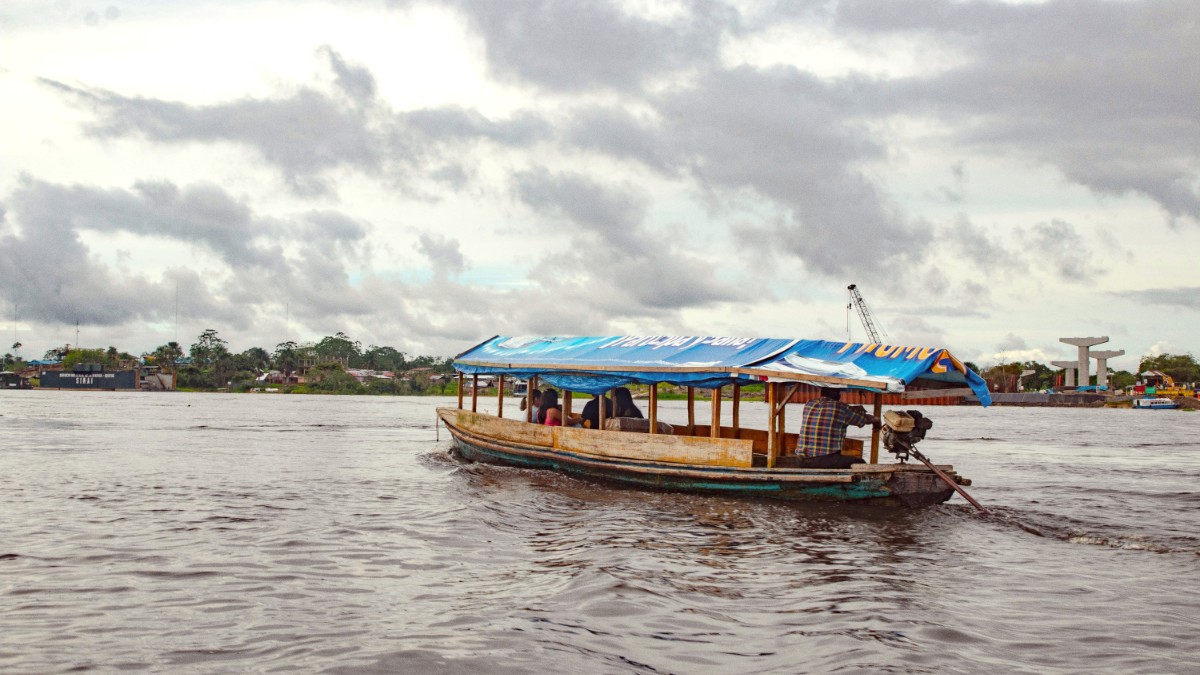
Amazon Basin, Peru
Deep dives into the rainforest reveal its incredible biodiversity. Guided treks and canopy walks offer different perspectives.
Short guided walks from lodges explore nearby forest trails. Identify medicinal plants and insects.
Experience the jungle's nocturnal inhabitants. Spot frogs, insects, and perhaps snakes or nocturnal mammals.
Venture into protected areas like Pacaya Samiria. These treks involve camping or staying in basic shelters.
Always stay with your guide. Do not wander off trails. The jungle terrain can be disorienting and contain hidden dangers.
The Amazon rainforest is a natural habitat for diverse wildlife. Patient observation offers rewarding sightings. Ethical viewing respects the animals.
Maintain a respectful distance from wildlife. Avoid chasing or cornering animals for photos.
Never feed wild animals. This disrupts their natural diet and can habituate them to human presence.
Select tour operators with clear ethical guidelines for wildlife encounters. Reputable guides priorize animal welfare.
Bring a telephoto lens for distant wildlife shots. A wide-angle lens captures the vast landscapes. A waterproof bag is essential.
Early morning and late afternoon hours offer soft light. These times also often coincide with higher animal activity levels.
Focus on capturing animals in their natural habitat. Use the lush greenery as a backdrop. Look for reflections on the river surface.
The Amazon River is the lifeblood of the region. Many activities unfold on its waters and tributaries, offering unique perspectives of jungle life.
A popular activity where you try to catch piranhas using simple fishing rods. Typically catch-and-release.
Under the guidance of your tour guide, swimming in safe areas of the river is an unique experience.
Paddle quietly through smaller channels to get closer to the jungle sounds and sights.
For budget travel, public ferries connect Iquitos with other river towns, offering a genuine local journey.
Faster boats (rapidos) offer quicker travel to destinations like Nauta, the entrance to Pacaya Samiria.
Most jungle lodges coordinate river transfers from Iquitos airport or city docks as part of their packages.
Engage with the rich culture of the Amazonian people.
Belén Market offers an unfiltered view of daily life and local produce. A true cultural experience.
Find workshops or shops selling authentic Amazonian handicrafts. Support local artisans directly.
Learn to prepare traditional Amazonian dishes using local ingredients. A practical way to appreciate the cuisine.
Opportunities to volunteer with conservation projects or community development initiatives are available. Inquire locally.
Check the local calendar for festivals or events. The San Juan Festival (June) is a major celebration with food and music.
Be mindful of privacy and local customs.
Beyond traditional activities, Iquitos offers a range of adventures. These provide excitement and engagement with the Amazon's wild side.
Some communities or guides share local myths and legends. This offers insight into Amazonian cosmology.
Participate in or witness traditional Amazonian music and dance forms during cultural visits.
Try your hand at making a small craft, guided by local artisans. This provides a tangible souvenir.
The Amazon rainforest experiences high humidity and frequent rainfall. Pack appropriate gear like rain ponchos and quick-drying clothes to stay comfortable during activities.